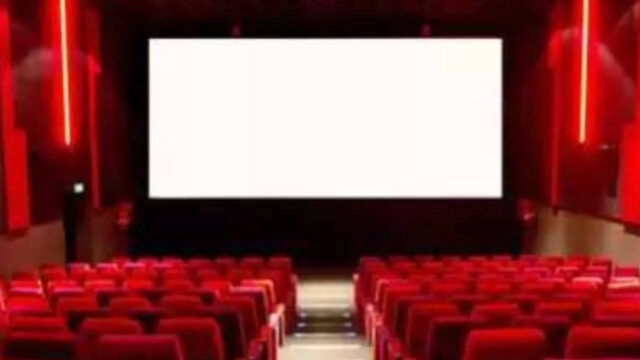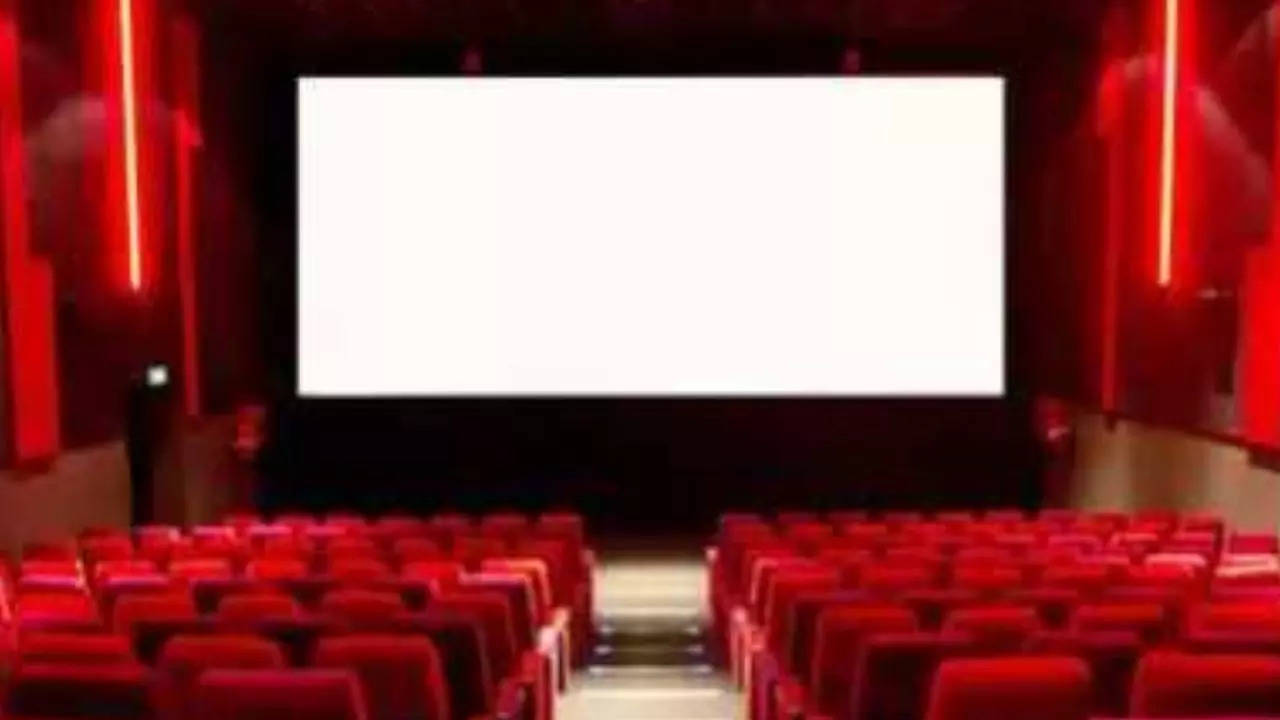
According to various estimates of trade analysts, multiplexes having five to six auditoriums are restricting shows to two or three, while some single-screen theatres are temporarily shutting operations, due to poor business and large expenses associated with running them.
“Shows are being cancelled,” said Manoj Desai, producer and executive director of Mumbai-based G7 multiplex and the iconic Maratha Mandir movie hall. “It is not just about the general elections, the heat wave or competition from streaming platforms. Filmmakers are making bad films. And viewers are not interested in them.”
He added: “Earlier, when Hindi films did not work, there was a supply of South Indian films dubbed in Hindi which provided some business to theatres. But this time we do not even have southern films dubbed in Hindi.”
According to trade analysts, ‘Bade Miyan Chote Miyan’ has been made on a budget of ₹350 crore. It collected ₹48.50 crore in the past three weeks. ‘Maidaan’, which had a budget of ₹250 crore, collected ₹40 crore in the same period.
“Single-screen theatres and multiplexes are grappling with very little collections. There are theatres which have meagre footfalls of 170-250 people,” said independent film distributor and trade analyst Shaaminder Malik. “Single-screen theatres in Agra, Bareilly, Kanpur and Lucknow have reduced their ticket prices to a low range of ₹30-70. Even then, there is no improvement in footfalls.” Apart from reducing ticket prices and providing fixed ticket coupons for a certain number of films, to lure audiences to multiplexes, exhibitors are also running advertisement-free shows (this saves at least 30 minutes for the audience) at premium properties. Malik said: “Today, word-of-mouth communication among viewers and potential viewers of films is more effective than ever. One cannot dump bad films and expect people to come to theatres, especially at a time when they have more interesting avenues to entertain themselves.”
Poor collections have made running full shows at a multiplex unviable, given the high fixed costs. In recent years, it has been observed that the average fixed cost of a large multiplex was 55-56% of its total costs. Fixed costs contain salaries, rent and common area maintenance (CAM) charges (maintenance fees of a property), electricity and water charges and other operating expenses.
A senior management executive at a leading multiplex said: “Rentals and CAM charges have increased post the pandemic. This has added to costs of running a screen. We used to pay an average 15% of the revenue generated per screen before the pandemic to theatre-owners. This average increased to 20%. So, poor performance of Hindi films is just a key trigger for temporarily shutting screens.”







































